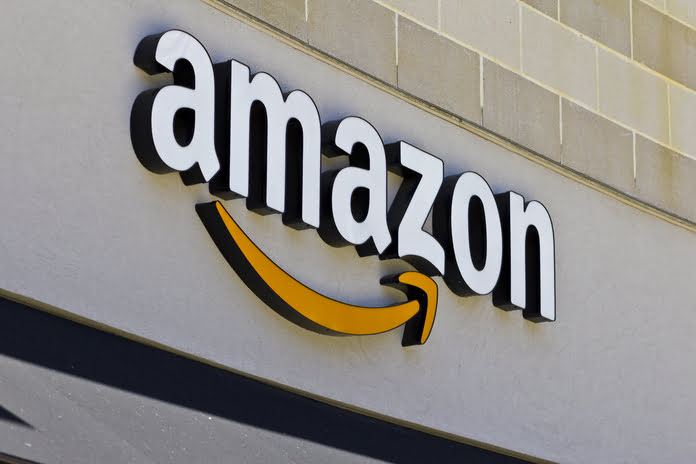Shares of Uber Technologies (NYSE:UBER) soared to a remarkable 2-year high today, experiencing an almost twofold increase in price since the start of the year. The company has impressively outperformed its rival Lyft (NASDAQ:LYFT) and even surpassed the performance of the S&P 500 ($SPX) (SPY) index, setting high expectations for its upcoming Q2 earnings report scheduled for Tuesday. In fact, Bloomberg data indicates that a staggering 90% of analysts covering Uber rate the stock as a buy, making it the most favored choice among large-cap internet media and services companies. However, there is a cautious reminder that any disappointment in the earnings results could deflate the recent rally.
Market analysts and investors are closely observing Uber’s earnings announcement to gauge its resilience in the face of concerns surrounding slowing consumer spending and escalating prices. One aspect they’ll be particularly attentive to is Uber’s progress in capturing a substantial share of the $1 billion rideshare market in the U.S., where it currently holds about 15%, compared to Lyft’s 6%. Maintaining this momentum on the fundamental side is crucial for sustaining investor confidence.
An essential data point in Tuesday’s Q2 earnings report will be Uber’s proximity to achieving GAAP net income profitability on both a quarterly and trailing 12-month basis. This milestone is pivotal, as it would make the company eligible for inclusion in the prestigious S&P 500 Stock Index. BTIG estimates that Uber could meet the criteria for S&P inclusion by the end of this year, whereas Sanford C. Bernstein predicts it may happen in Q2 of 2024. Bernstein is optimistic about Uber’s ability to enhance profitability, exercise capital discipline, and achieve healthy growth, viewing the potential index inclusion as a cherry on top of its accomplishments.
Uber’s strategic investments in long-term growth avenues, such as Uber Eats, mobility services, freight, and initiatives like its teen-rides program and member deals, have been instrumental in setting it apart from its rival Lyft. Uber’s foray into the teen market, a demographic showing declining interest in traditional driving, is aimed at expanding its rideshare revenue. Reports from the Federal Highway Administration indicate a substantial drop in the percentage of 16-year-olds holding a driver’s license, from 47.8% in 1984 to just 25.6% in 2022. Additionally, Uber aims to streamline its services by developing a “super app” that will integrate all its offerings into a single platform.
Despite the uncertainties in the current economic landscape, Uber continues to thrive as consumers allocate more spending towards rides and food takeout, even as retail and other sectors face challenges. Uber’s CEO, Khosrowshahi, remains optimistic, stating that there are no signs of a slowdown in consumer habits.
Zacks Investment Management also highlights Uber’s ability to generate revenue through channels not available to Lyft, with Uber Eats being a significant contributor to its topline growth. Uber’s successful branding as a technology company further differentiates it from Lyft, which is primarily perceived as a rideshare platform.
Featured Image: Pexels @ freestocks.org















